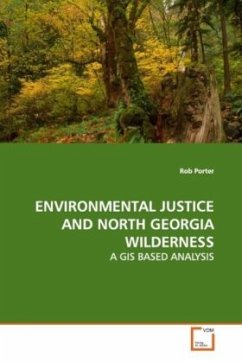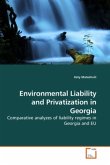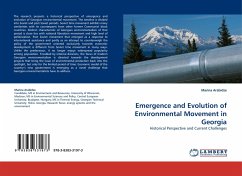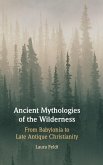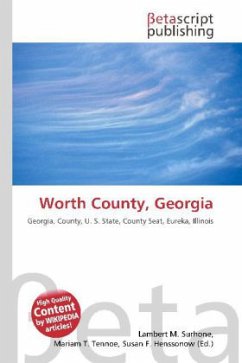This study examines the geographic access of census
block groups (CBGs) to the use and non-use values of
wilderness areas in North Georgia to determine
socioeconomic inequalities between populations in
context of the Eastern Wilderness Act. Wilderness use
and socioeconomic status are analyzed using GIS based
network analysis to determine travel time from the
CBG centroid to the nearest wilderness area trail
access point. Wilderness non-use values and
socioeconomic status are analyzed using straight-line
distance from the CBG centroid to the wilderness area
centroid. Overall, results show that environmental
inequity with respect to wilderness use-and non-use
values may exist when race, gender, and retirement
income are considered. Discussion explores the
possibility that the location of vacation homes near
wilderness may increase property values and taxes and
may adversely affect low-income populations.
Implications include the need to manage for an
increasing elderly population, the further
involvement of elderly and low-income population in
the public process of wilderness management, and the
need for similar research in areas beyond southern
Appalachia.
block groups (CBGs) to the use and non-use values of
wilderness areas in North Georgia to determine
socioeconomic inequalities between populations in
context of the Eastern Wilderness Act. Wilderness use
and socioeconomic status are analyzed using GIS based
network analysis to determine travel time from the
CBG centroid to the nearest wilderness area trail
access point. Wilderness non-use values and
socioeconomic status are analyzed using straight-line
distance from the CBG centroid to the wilderness area
centroid. Overall, results show that environmental
inequity with respect to wilderness use-and non-use
values may exist when race, gender, and retirement
income are considered. Discussion explores the
possibility that the location of vacation homes near
wilderness may increase property values and taxes and
may adversely affect low-income populations.
Implications include the need to manage for an
increasing elderly population, the further
involvement of elderly and low-income population in
the public process of wilderness management, and the
need for similar research in areas beyond southern
Appalachia.

